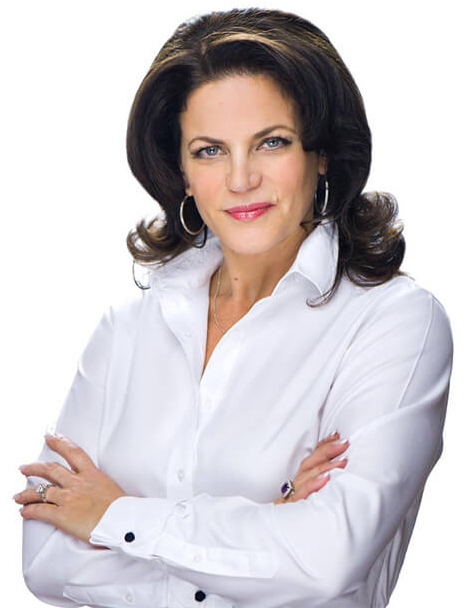Save tens of thousands of dollars in taxes The setting aside of money
What if the mortgage interest on your new personal home was deductible from your income?
Indeed, for unincorporated self-employed workers, this is now possible. Following a decision of the Supreme Court of Canada, coupled with a new administrative position of the Canada Revenue Agency, they can use the technique of setting aside money to transform the mortgage interest of their personal residence. , usually non-deductible, in deductible interest.
Stunning numbers
In us Referring to the table opposite, we find that an individual who has chosen to amortize his residential mortgage of $ 150,000 (at an average rate of 6%) over a period of 20 years could deduct from his income the large sum of $ 106,388 over the years.
Taking into account a tax rate of 45%, the taxpayer would be richer by $ 47,875 after tax. In addition, the cost of using this strategy is low, if not zero.
What is setting aside money?
Usually, unincorporated self-employed people use their gross revenues (turnover) to pay for their day-to-day expenses and finance their large personal expenses, such as the mortgage of their residence.
By using the money-splitting technique, the self-employed use the gross income of his business to accelerate the payment of his personal mortgage and finance 100% of his operating expenses. In doing so, it gradually converts non-deductible interest (mortgage) into deductible interest (business loan).
John’s example
John is an unincorporated self-employed worker. As part of his profession, he incurs annually $ 75,000 in business expenses (rent, salaries, supplies, etc.) that are, up to now, paid out of his gross professional income of $ 200,000. Jean has also just acquired a new home for which he will assume a mortgage of $ 150,000.Once the technique of setting money aside, Jean will use the portion of his income that would normally be used to pay his business expenses to make an additional mortgage payment on his personal home.
Next, the financial institution will allow Jean to use a home equity line of credit for an amount equal to the additional mortgage payment he has just made. Jean will be able to pay his current business expenses out of his mortgage line of credit.
Since the amounts borrowed on the home equity line of credit will have been used for business purposes, Jean will be able to deduct from his income the interest on the amount borrowed. He will have converted non-deductible interest (residential mortgage) into deductible interest (line of credit for business purposes).
With annual business expenses of $ 75,000, Jean will take just 2 years to completely transform his original $ 150,000 mortgage into a mortgage line of credit, making deductible interest for the full term of the mortgage. the remaining life of the debt.
That’s how Jean will recover more than $ 47,875 net of tax!
The employee and the income property
An employee, just like a self-employed worker who owns or acquires an income property, will be able to use a different version of the money set-off in order to transform the non-deductible interest of his residential mortgage. in deductible interest.
Indeed, in such a situation, the individual then has only to use the portion of his rent income that would normally have been used to pay the operating expenses of the rental property (taxes, insurance, maintenance, mortgage payments, etc.) to make an additional mortgage payment on his personal residence. And just like John in the previous example, once this additional payment has been made, the individual will then use his home equity line of credit to pay the current expenses of his income property.
Since the amounts borrowed on the line of credit will have been used for business purposes, it will gradually convert non-deductible interest (residential mortgage) into deductible interest (line of credit for business purposes).
Some recommendations
Since there are other planning strategies to maximize the tax advantages of the money-setting technique, consult Nancy Forlini, who will be able to put in place a strategy that is perfectly adapted to your needs, taking into account has the following aspects:
- The rules surrounding the division of the family patrimony;
- Personal and business expenses (example: automobile);
- The GST and QST collected on your sales as part of your profession;
- The situation where spouses are co-owners
- And many others.
Make an Appointment with Nancy Forlini and RE / MAX Solutions to learn more on how to optimize your taxes according to your project real estate project.









